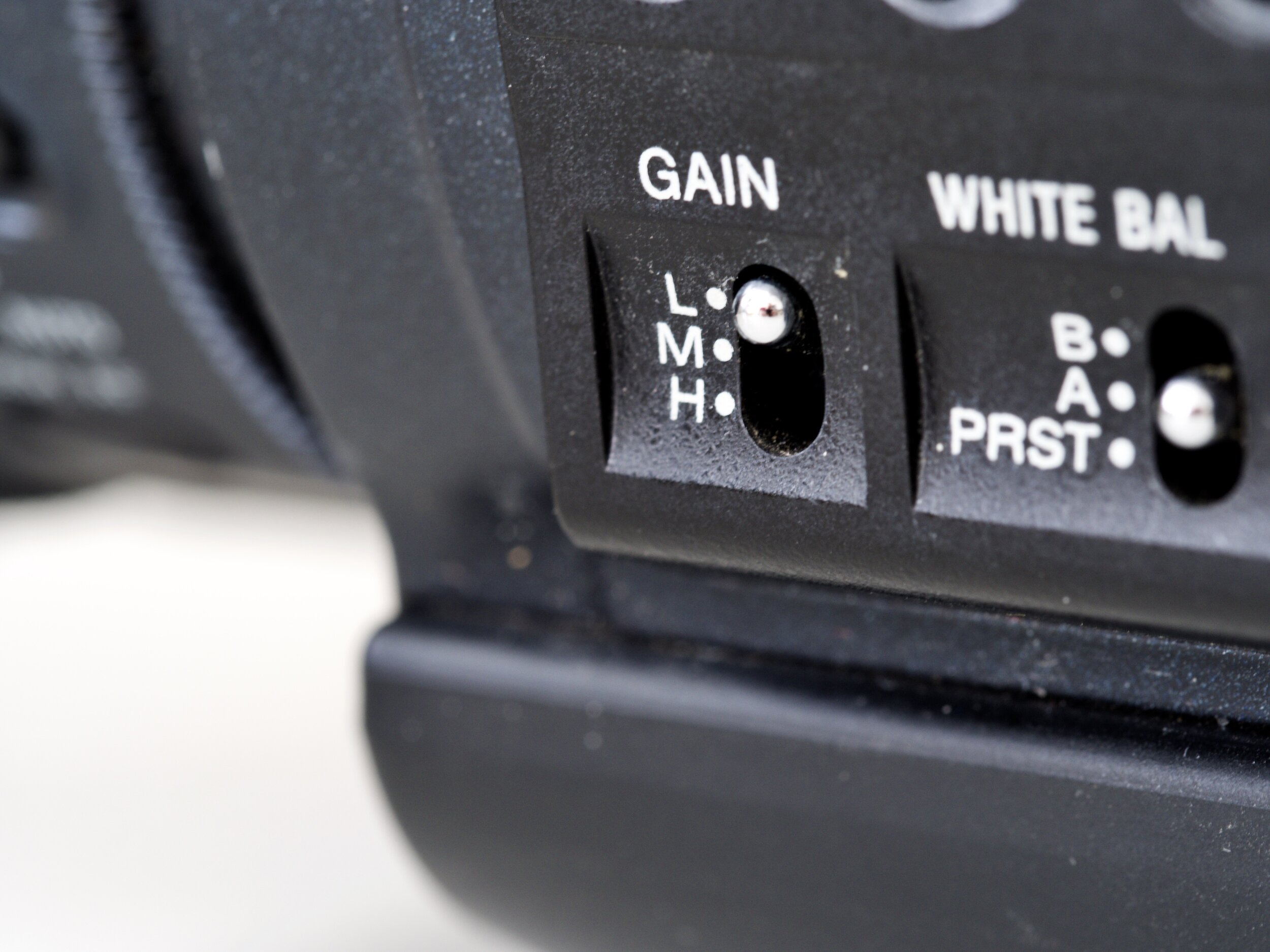I was in a meeting today and one of my leaders and friends talked about the good news that we may not be hearing. It struck me immediately as all that we, as a human race, have been discussing are the bad things that have happened over the past months concerning COVID-19—that we are doing the kind and compassionate thing in sacrificing our normal daily lives to go into a social distancing methodology that is actually quite the contrary to human existence. We are social creatures—even the most introverted of us.
Some shared the work that they are doing, how they are keeping busy, the fun they are having, even through life is challenging at the moment. While I rarely care to be in the spotlight, getting positive feedback or sharing what I feel are my accomplishments is actually very awkward for me, I wanted to share something that I worked on for and am now only truly appreciating the impact that myself and team had.
I volunteer to work for Aid Africa’s Children and lead their technology efforts. We are a not for profit who shares our talents and resources in Africa—specifically, Tanzania, South Africa, Tanzania, Zambia, Malawi, and Nigeria.
Sub-Saharan africans spend 40 billion hours a year collecting water. I wanted to change that.
This is my story:
“More people die from contaminated or polluted water than from all forms of violence including wars,” states the United Nations Environment Programme (UNEP).
Recently, Aid Africa’s Children’s built a much needed 6 tank, 5,000 liters (1,300 Gallon) per tank rainwater collection system at the Benedictine Holy Spirit Abbey in Mvimwa, Tanzania. This project was completed ahead of schedule, under budget and is sustainable and green! Our project also aligned with the United Nation’s 2018 World Water Development Report suggestions for encouraging “Nature-Based Water Solutions (NBS)” to meet the rapid increasing global demand for water.”
Please read the whole article—it is short. There are good things still happening in the world—this is happening right now.
Transforming Lives in Tanzania with Rainwater Collection System
Aid Africa’s Children
Our mission: Empowering impoverished African children and communities with healthcare, food, clean water, educational, and entrepreneurial opportunities.
This is an ongoing project to bring clean water to those who need. While I sit here writing this, I have 144 bottles of water I could drink at anytime—unscrew the cap and drink. Sadly, this luxury I take for granted is not how most of the world lives.
If you would like to help, explore out website and visit Get Involved.
Stay safe, stay healthy.
Adrian’s Life Rule #31: If what you have you do not need, be kind and share with someone who does.


